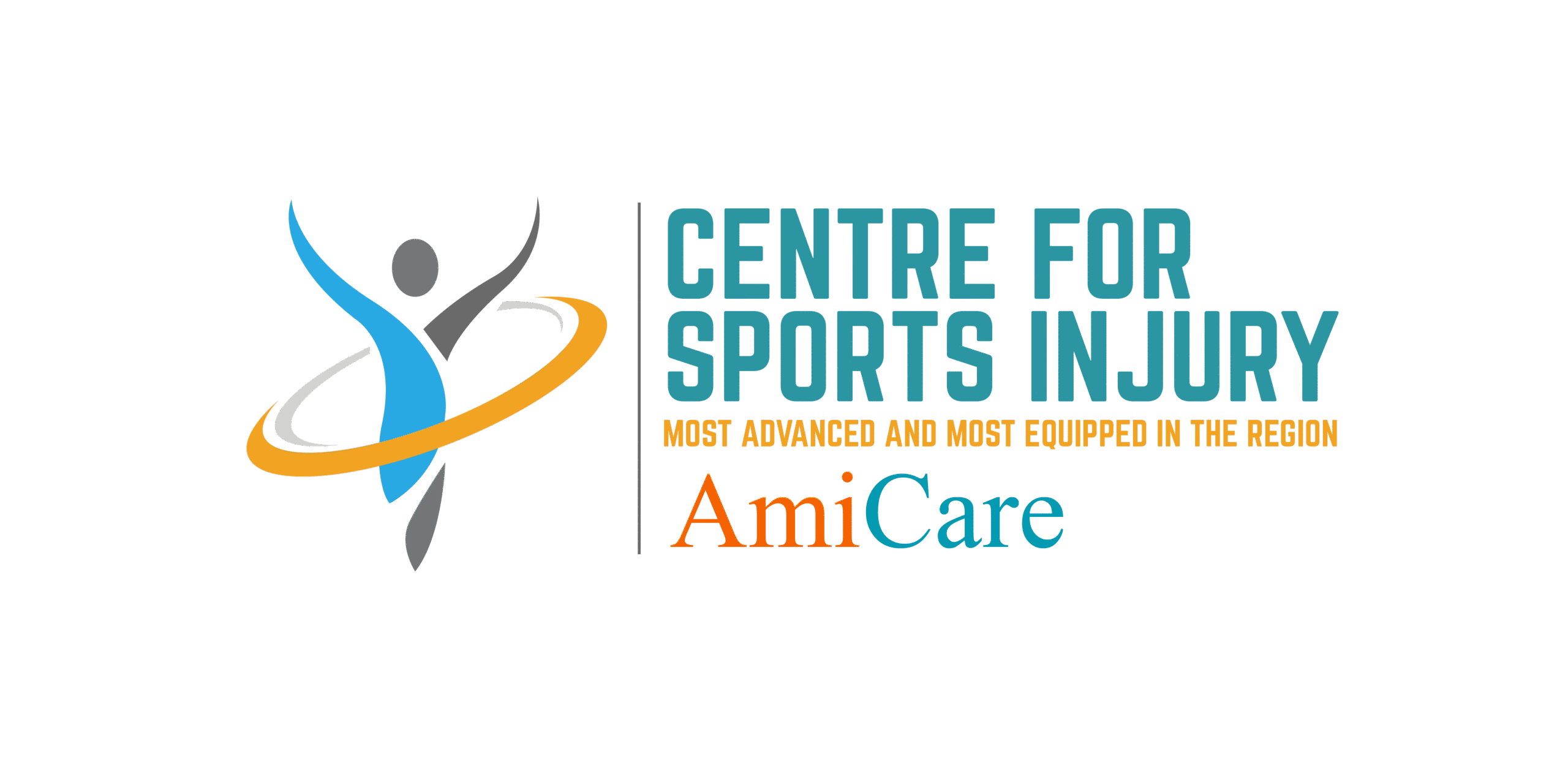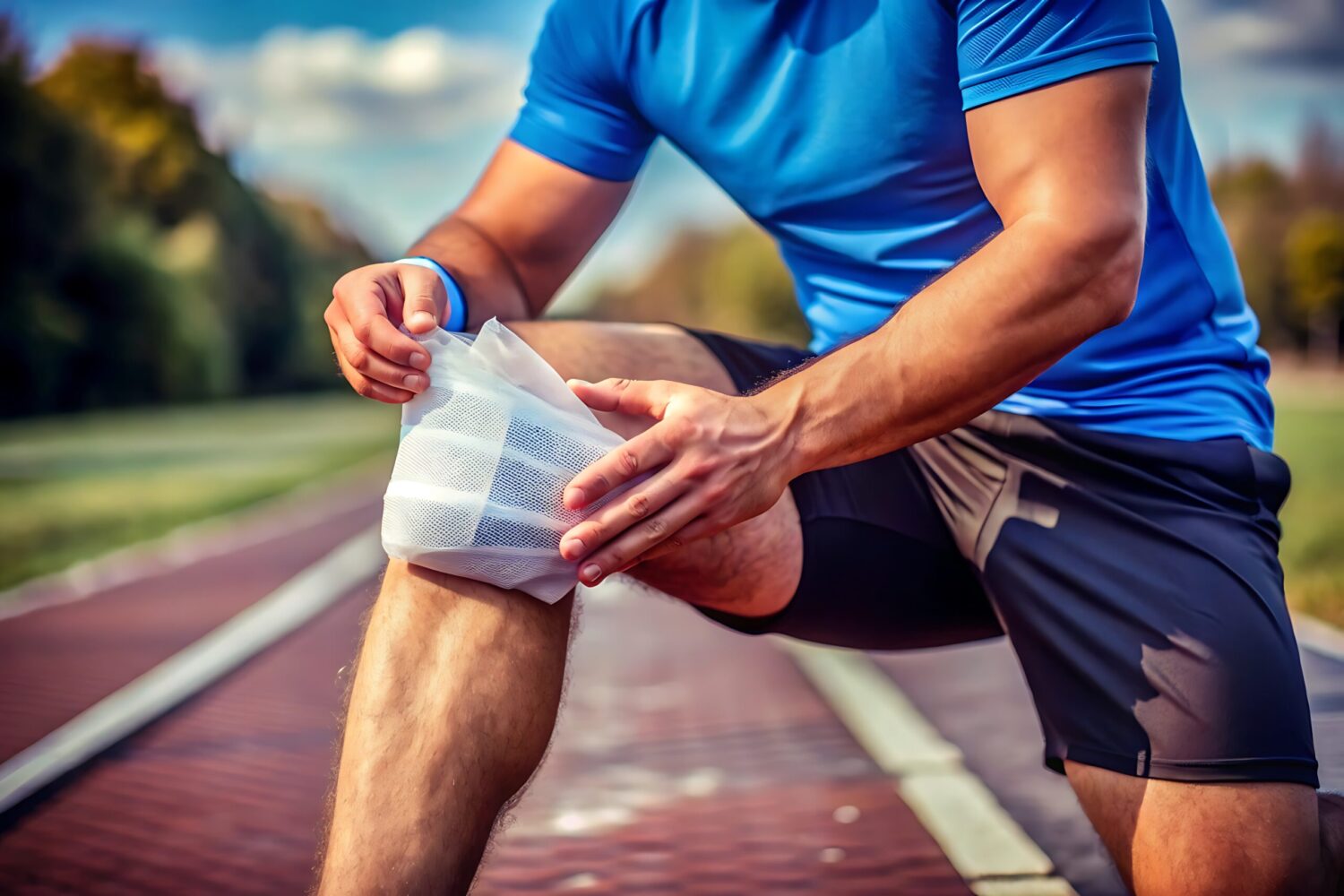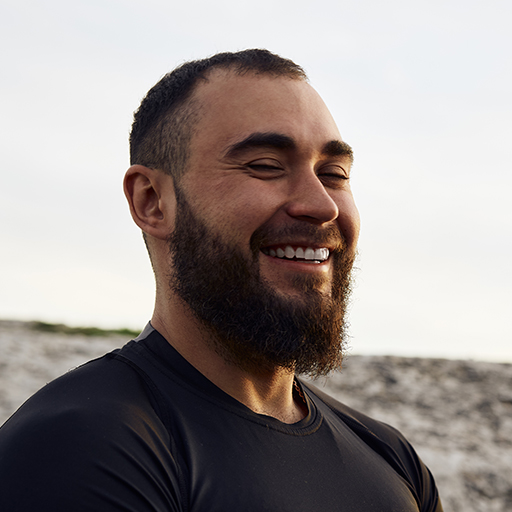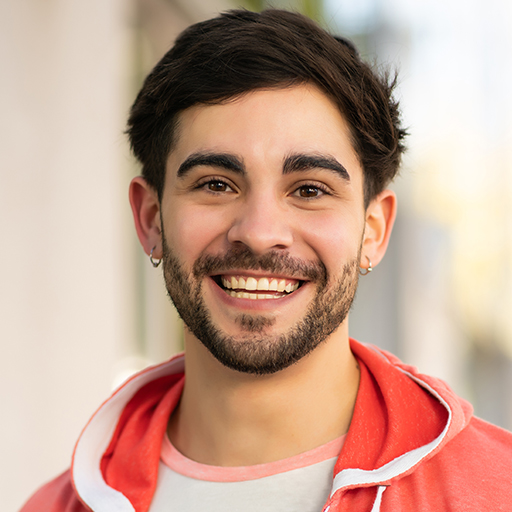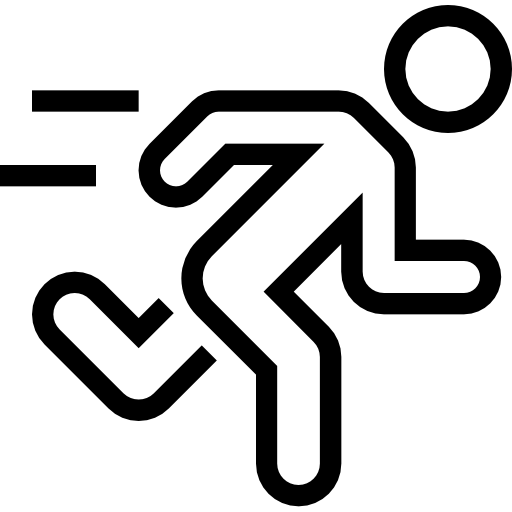PRP Treatment
Best Sports Injury Centre for PRP Treatment in Ghaziabad
Welcome to Amicare Hospital, the leading sports injury centre for PRP treatment in Ghaziabad. If you’re an athlete, sports lover, or someone dealing with pain from injuries like tendon strains or muscle tears, PRP therapy can help you heal faster without major surgery. This method uses your own blood to promote natural healing, making it ideal for runners, cricketers, and active people.
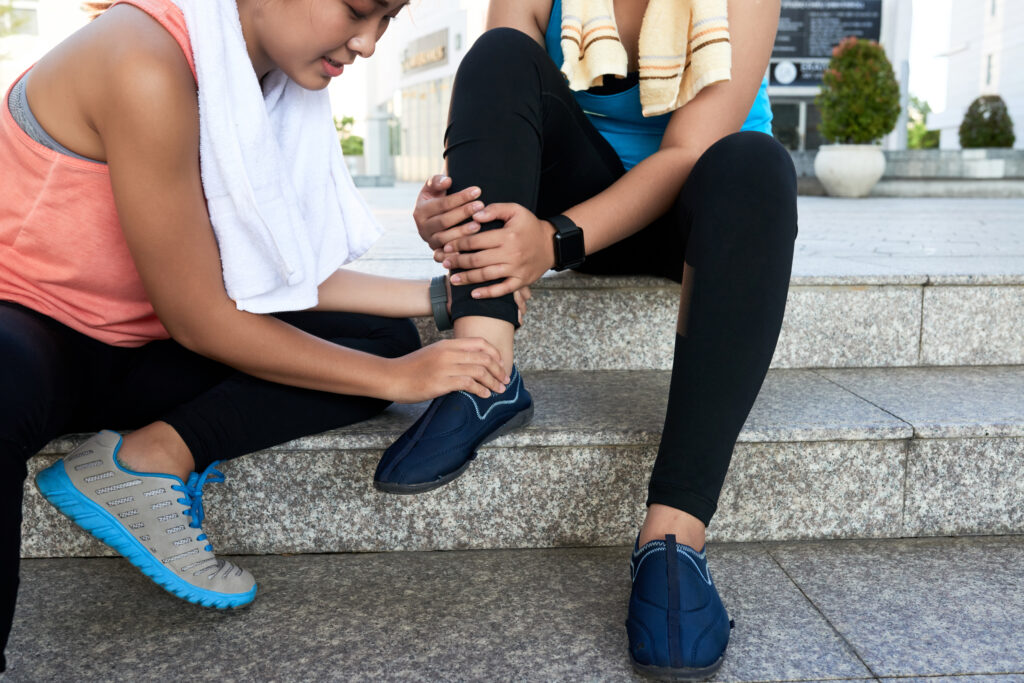
What is PRP Therapy?
PRP therapy, or platelet rich plasma therapy, is a simple treatment that uses your own blood to speed up healing in injured areas. It’s when we take a small blood sample, spin it to concentrate the platelets, and inject the platelet rich plasma back into the injury site. These platelets release growth factors to repair tissues like tendons or muscles. In sports like cricket or running, it’s popular to fix strains without big surgery. Studies show PRP helps 80% of patients recover faster, making it a top choice for sports injuries. Platelet rich plasma preparation takes just 30 minutes, and it’s safe with low risks.
Types of Sports Injuries Treated with PRP
PRP treatment works for many injuries, and knowing the types helps with the right care. Here are common ones in sports and life:
- Tendon Injuries: Strains in tendons from overuse, like the Achilles tendon in runners.
- Muscle Tears: Pulls in muscles, common in footballers with quick moves.
- Ligament Strains: Damage to ligaments, seen in cricket bowlers.
- Joint Pain: Wear in knees or shoulders, often in badminton players.
- Cartilage Damage: Loss in joints from repeated impact, treated with plasma therapy for the knee.
- Stress Fractures: Small bone cracks, aided by PRP for faster healing.
Each type needs customized PRP treatment to heal well.
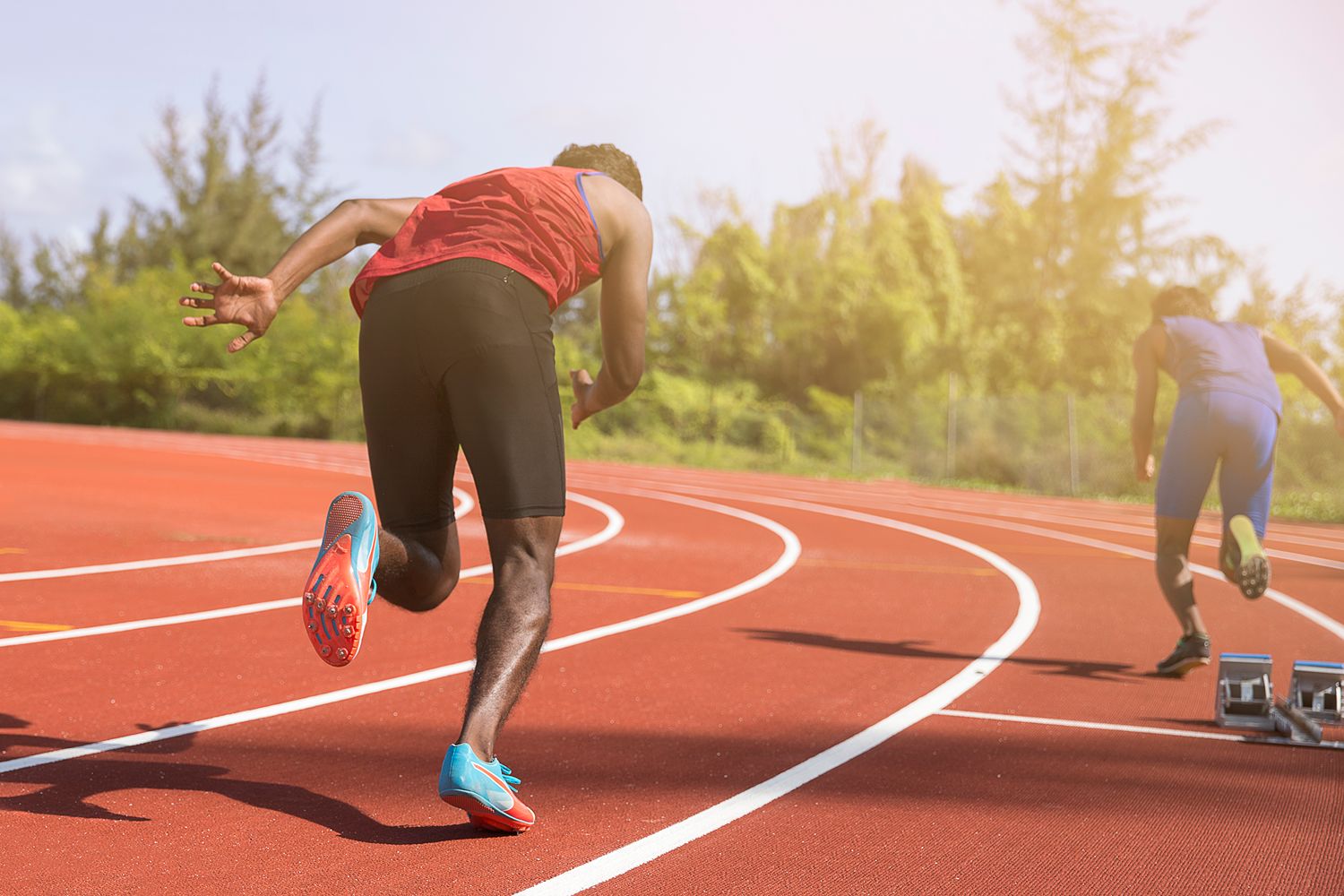
Notice the Signs Before It’s Serious
Know when PRP (Platelet-Rich Plasma) Treatment might help your recovery.
Chronic Joint Pain
Persistent discomfort in the knee, shoulder, elbow, or ankle that doesn’t improve with rest or basic treatments.
Slow-Healing Sports Injuries
Ligament, tendon, or muscle injuries that are taking longer than expected to recover.
Reduced Mobility & Stiffness
Difficulty moving the joint freely, often accompanied by tightness or swelling in the affected area.
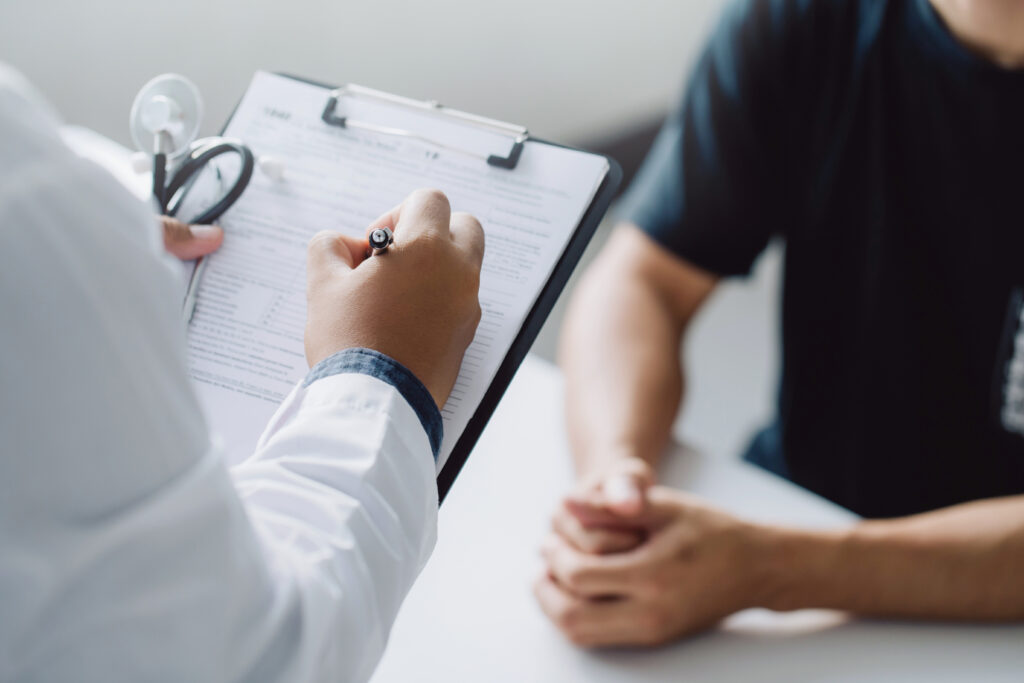
Common Causes of Sports Injuries Treated with PRP
Sports injuries happen from too much stress or bad moves. Main causes include:
- Overuse: Repeated actions in running or throwing, leading to tendon injury.
- Poor Technique: Wrong form in bowling or jumping causes muscle tears.
- Sudden Increases: More training without rest, common in fitness lovers.
- Bad Gear: Wrong shoes increase risks, causing joint pain.
- No Warm-Up: Skipping stretches leads to ligament strains.
Athletes in local leagues face higher chances from intense play.

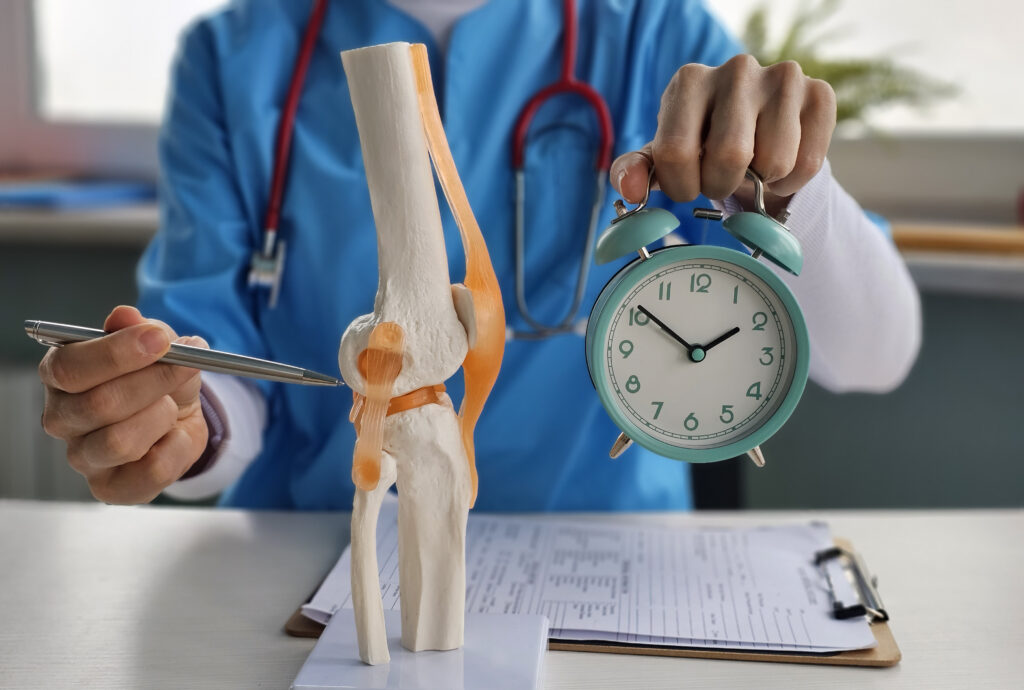
Symptoms to Watch For
Catching sports injury symptoms early is crucial for quick recovery and preventing chronic pain. Whether you’re a runner or a cricketer playing in local leagues, recognizing these signs helps you seek PRP treatment promptly. Common symptoms include:
- Pain: A constant pain in areas like the knee, shoulder, or ankle, often signaling a tendon injury from repetitive motions in sports like badminton or football.
- Swelling: Mild puffiness around joints or muscles, common in common sports injuries such as ligament strains from sudden twists.
- Tenderness: Soreness when pressing the injured area, a frequent issue in athletes with overuse injuries from training.
- Stiffness: Difficulty moving the joint or muscle after rest, limiting mobility for runners or jumpers.
- Weakness: Trouble in performing usual activities, like sprinting or throwing, is often seen in sports injuries like muscle tears.
Diagnosis at Amicare
Accurate diagnosis is the foundation of effective PRP treatment in Ghaziabad at Amicare Hospital, ensuring athletes and active individuals get the right care for their injuries. Led by sports injury specialist Dr. Himanshu Gupta, our process identifies the root cause of your pain to create a customized recovery plan:
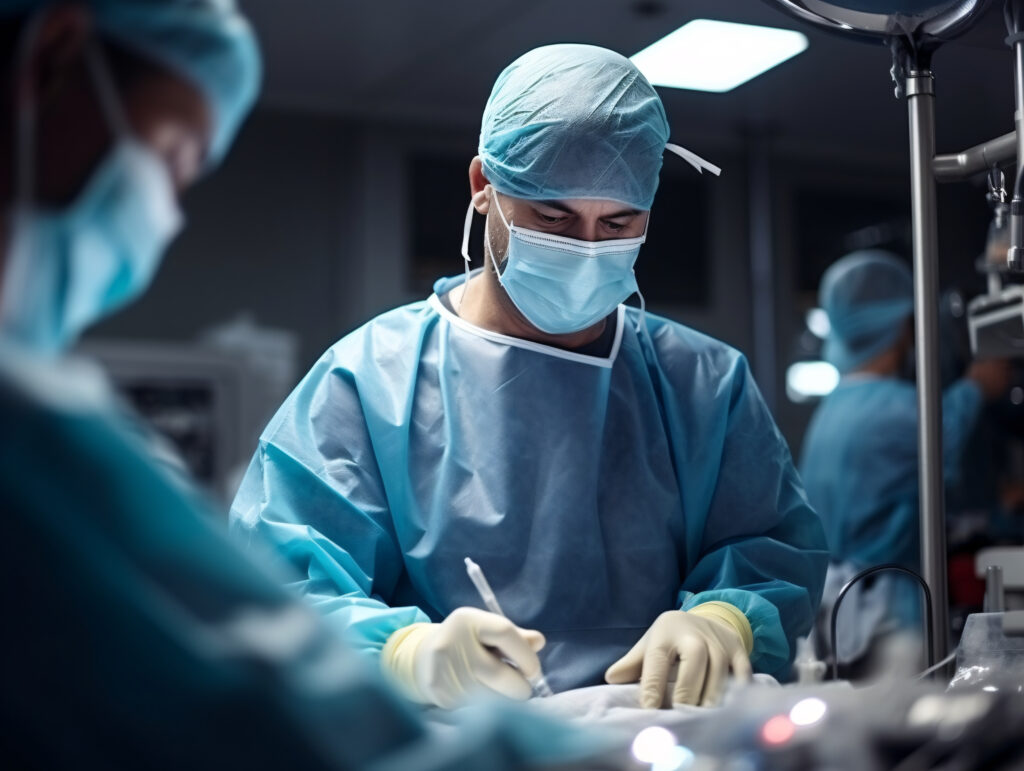
Risks of Delaying Treatment
- Chronic Pain: Ongoing discomfort in daily activities, like walking or lifting, is common in untreated tendon injuries or overuse injuries.
- Worse Damage: Continued stress can lead to complete tendon or ligament tears, requiring longer recovery or surgery.
- Secondary Injuries: Compensating for pain may strain other areas, causing knee, ankle, or back issues in athletes.
- Limited Movement: Reduced mobility, making it hard to run, jump, or play sports, affecting your lifestyle.
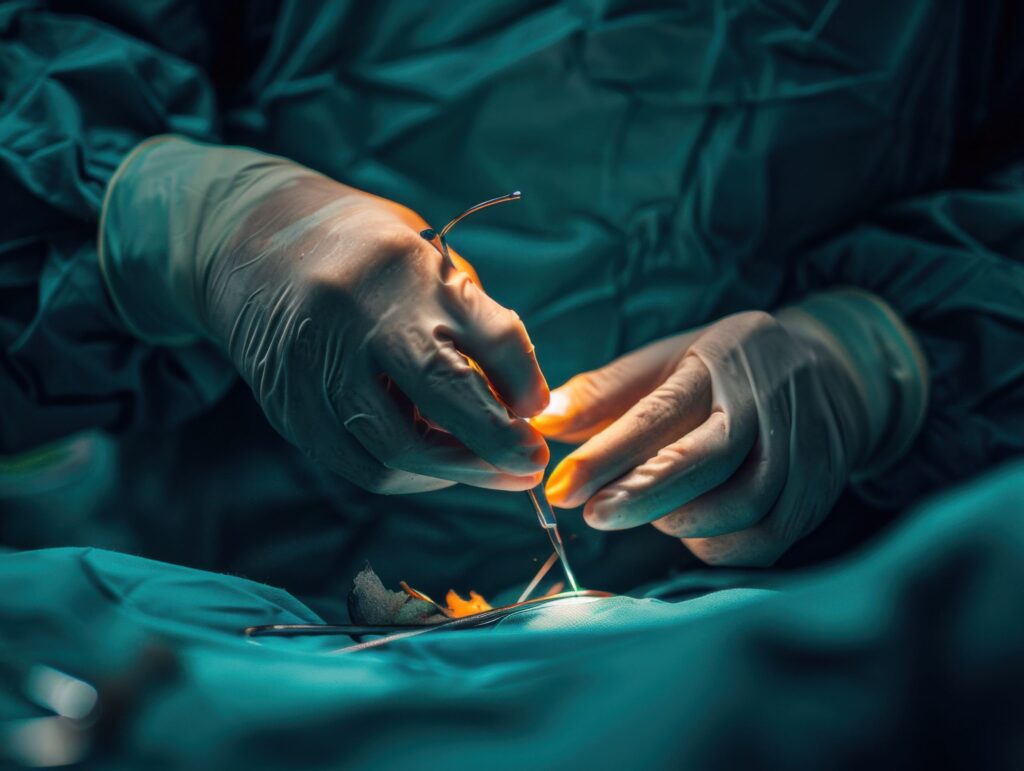
PRP Treatment Options
- Blood Draw: A small blood sample is taken from your arm, similar to a routine test.
- Spin Process: The blood is spun in a special machine to prepare platelet-rich plasma, concentrating the healing platelets in about 15 minutes.
- Injection: The platelet rich plasma injection is precisely delivered to the injury site, like a tendon or muscle, using ultrasound guidance.
- Details: The process takes ~30 minutes with low risk (<1% complications). Most patients feel relief within days, making it a top choice for common sports injuries.
Benefits of PRP Therapy
PRP benefits include:
- Faster healing for tendon injuries and muscle strains, often cutting recovery time by weeks.
- Less pain without heavy medications, ideal for athletes.
- Natural method using your blood, reducing risks compared to surgery.
For sports injuries like shin splints or rotator cuff strains, PRP therapy is highly effective, supported by studies showing 80% improvement rates.
Why Choose PRP Therapy vs. Other Options?
Treatment | How It Works | Ideal For | Recovery Time | Benefits | Limitations |
PRP Therapy | Blood injection to heal | Tendon strains | 2–4 weeks | Natural, fast | May need repeats |
Physical Therapy | Exercises build strength | Mild injuries | 2–4 months | Builds strength | Takes time |
Injections | Ease swelling | Severe pain | 1–2 weeks | Fast relief | Short-term |
Surgery | Fix tears | Severe damage | 3–6 months | Strong fix | Surgery, rest |
Recovery After PRP Treatment
Recovery from PRP treatment in Ghaziabad varies by injury severity, but Amicare’s structured plans ensure athletes return to action safely. Our sports injury rehabilitation process is customized to your needs.
Detailed Recovery Phases
- Weeks 1–2: Rest with light activity, like walking, to reduce swelling and promote healing.
- Weeks 3–6: Gentle stretches and physical therapy to improve flexibility, customized for common sports injuries.
- Months 2–3: Strength-building exercises to support injured areas, preventing re-injury.
- Months 4–6: Gradual return to full sports, like running or cricket, with confidence.
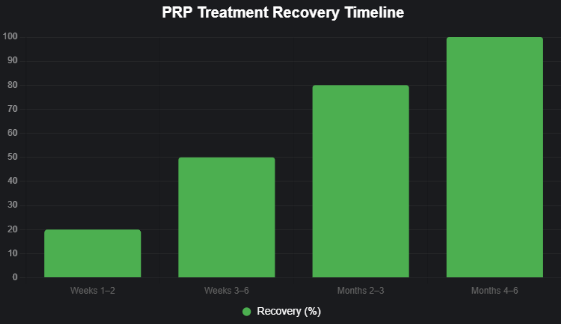
Why Patients Trust Our PRP Treatment
Amicare Hospital is trusted by athletes, active individuals, and patients across Delhi NCR for effective Platelet-Rich Plasma (PRP) therapy. Under the expert guidance of Dr. Himanshu Gupta, we specialise in harnessing the body’s own healing power to treat joint pain, sports injuries, and slow-healing tissues.
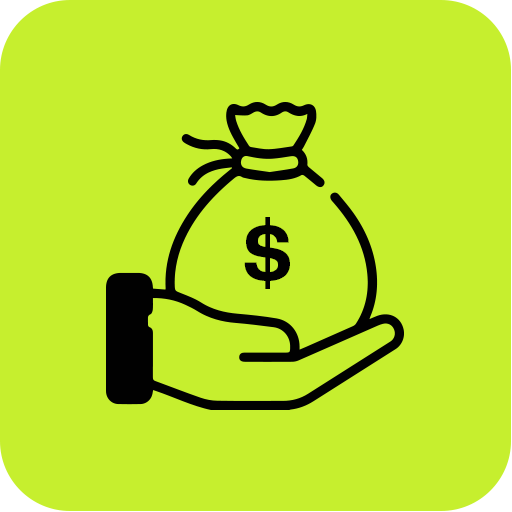
Cost of PRP Treatment
The PRP therapy cost in Ghaziabad varies based on injury type and treatment plan
- PRP Therapy Cost: Affordable for single sessions, higher for multiple injections needed for severe common sports injuries.
- Factors: Number of platelet rich plasma injections, use of advanced tech like ultrasound, and follow-up rehab sessions.
Amicare offers transparent pricing, making us the best sports injury centre for value-driven care in Delhi NCR.
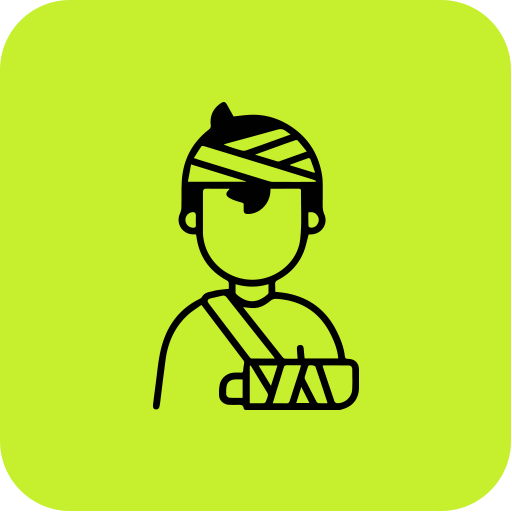
Injury Prevention Tips for Athletes
Preventing sports injuries is easier than treating them. These tips help athletes stay injury-free:
- Warm-Ups: 10–15 minutes of dynamic stretches, like leg swings, to prepare muscles and joints.
- Strength Training: Exercises like squats to build balance, reducing tendon injury risks.
- Proper Technique: Smooth, controlled movements in sports like cricket to avoid strains.
- Rest Days: Regular breaks to prevent overuse injuries from repetitive stress.
- Equipment: Supportive shoes for running or training to minimize joint impact.

Cost of PRP Treatment
The PRP therapy cost in Ghaziabad varies based on injury type and treatment plan
- PRP Therapy Cost: Affordable for single sessions, higher for multiple injections needed for severe common sports injuries.
- Factors: Number of platelet rich plasma injections, use of advanced tech like ultrasound, and follow-up rehab sessions.
Amicare offers transparent pricing, making us the best sports injury centre for value-driven care in Delhi NCR.

Injury Prevention Tips for Athletes
Preventing sports injuries is easier than treating them. These tips help athletes stay injury-free:
- Warm-Ups: 10–15 minutes of dynamic stretches, like leg swings, to prepare muscles and joints.
- Strength Training: Exercises like squats to build balance, reducing tendon injury risks.
- Proper Technique: Smooth, controlled movements in sports like cricket to avoid strains.
- Rest Days: Regular breaks to prevent overuse injuries from repetitive stress.
- Equipment: Supportive shoes for running or training to minimize joint impact.
Frequently Asked Question
Platelet-rich plasma (PRP) therapy uses a patient’s blood, concentrated with platelets, to promote healing in injured tissues like tendons or muscles, commonly used for sports injuries.
The PRP procedure involves take a small sample of your blood, spinning it in a machine to separate the healing platelets, and injecting the platelet-rich plasma into the injured spot. It usually takes about 30 minutes.
PRP therapy treats common sports injuries like tendon strains, muscle tears, ligament injuries, and joint pain, helping runners, cricketers, and other athletes recover faster.
Recovery varies by injury severity, but most patients see improvement within 2–6 weeks after a platelet rich plasma injection, with full activity resuming in 2–6 months.
Yes, studies show PRP therapy accelerates healing in 80% of cases for injuries like tendonitis or muscle strains, making it a reliable option for athletes.
